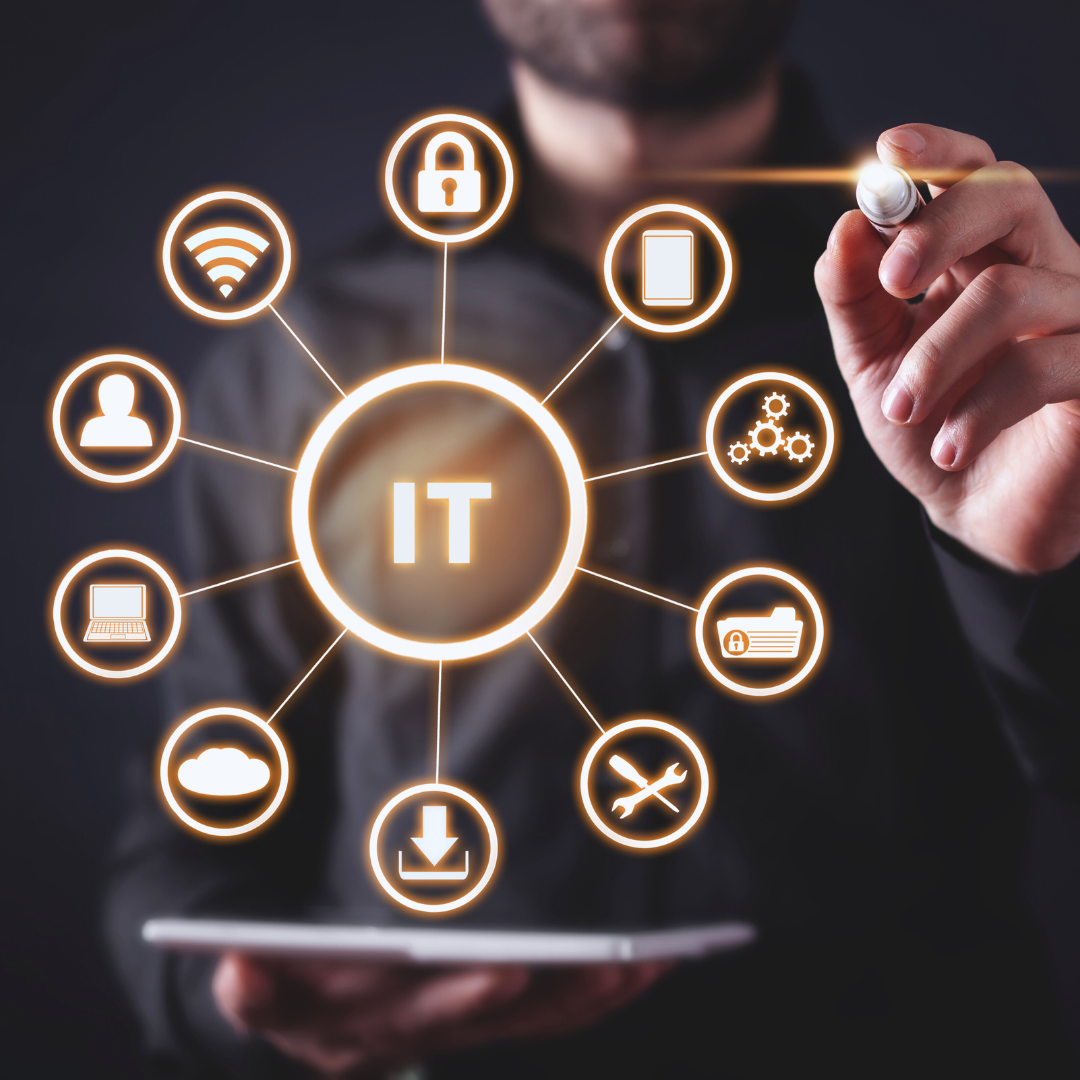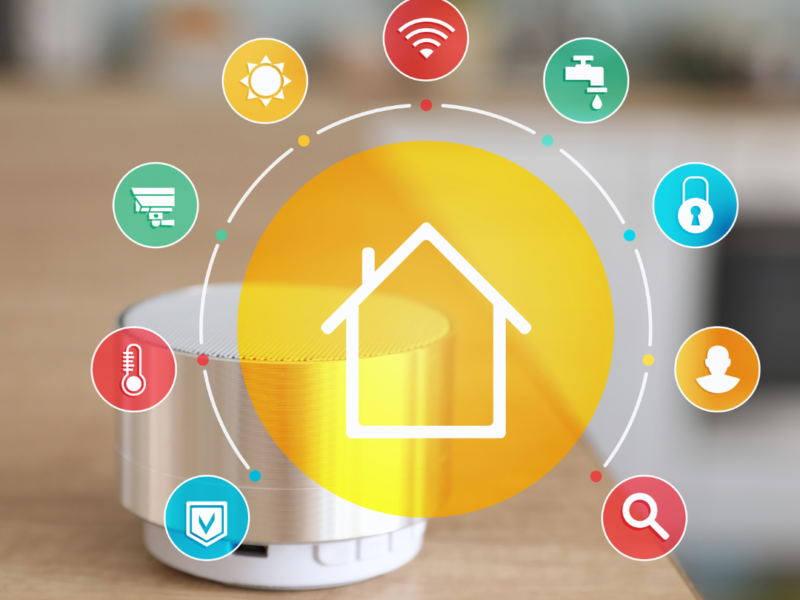Navigating the world of technology can be daunting, especially with the jargon that often accompanies it. For beginners, understanding these terms is essential to grasp how technology impacts daily life. This glossary serves as a foundational guide, breaking down common tech terms into clear, easy-to-understand definitions.
With the rapid advancement of technology, new terms emerge frequently, making it challenging to keep up. This blog post aims to clarify these concepts, making tech more accessible for everyone. By demystifying the language of technology, readers can engage more confidently in discussions and decisions involving tech products and services.
Whether someone is looking to understand basic terms like “software” and “hardware” or more complex concepts like “cloud computing” and “machine learning,” this glossary provides valuable insights. By familiarizing themselves with these key phrases, readers can enhance their tech literacy and feel more empowered in a digital world.
Understanding Computers and Technology
Computers and technology encompass various concepts that form the foundation of modern computing. A clear grasp of basic computer concepts, hardware components, and operating systems is essential for beginners.
Basic Computer Concepts
A computer is an electronic device that processes data according to a set of instructions. It consists of hardware and software. Hardware refers to the physical components, such as the CPU, RAM, and storage drives. Software includes programs and applications that run on the hardware, performing tasks for the user.
Data is measured in bits and bytes, where one byte equals eight bits. Computers store and manipulate various forms of data, from text to images, using memory types like RAM (Random Access Memory) for temporary storage and ROM (Read-Only Memory) for permanent storage. Understanding these components is crucial for effective computer usage.
The Brain of the Computer
The central processing unit (CPU) acts as the brain of a computer, executing instructions from software. The CPU processes data by performing calculations and moving data in and out of memory. A microchip houses the CPU, allowing it to function efficiently.
Cache memory, which is faster than standard RAM, temporarily stores frequently accessed data to enhance processing speed. The CPU, along with the motherboard and other hardware, forms a vital part of a computer that determines its overall performance and capability.
Core Operating Systems
Operating systems (OS) are essential software that manage computer hardware and software resources. They provide the user interface (UI) that allows users to interact with the computer. Common operating systems include Windows, macOS, and Linux.
Each operating system has unique features and capabilities. Windows is known for its user-friendly interface and broad compatibility, while macOS offers a robust environment for creative work. Linux, an open-source OS, is popular among developers for its flexibility and customization options. Understanding the differences between these systems aids users in selecting the right one for their needs.
Diving Into the Digital World
Entering the digital landscape involves understanding how the internet operates, the workings of data storage, and the fundamentals of software development. These components form the backbone of everyday online interactions and applications.
The Structure of the Internet
The internet is a vast network of interconnected computers and devices. It relies on protocols to enable communication. Each device connected to the internet is assigned a unique IP address that distinguishes it from others.
Internet Service Providers (ISPs) facilitate access to the internet through various types of connectivity options such as fiber optics and DSL. Bandwidth refers to the maximum rate of data transfer across a network, influencing how quickly users can download content.
Domain names provide a human-friendly address to navigate the internet, while the Domain Name System (DNS) translates these into numerical IP addresses. This structure allows users to access websites and services efficiently.
Data and Storage Fundamentals
Data is the core element of digital interactions, encompassing everything from text to images. Storage options vary; devices often use hard drives for local storage, while cloud solutions allow for remote data access and sharing.
Storage capacity is measured in bytes, with scales ranging from kilobytes (KB) to gigabytes (GB). Each file requires a certain amount of space, impacting what can be stored and retrieved. Understanding these measurements helps users manage their resources effectively.
With the increase in online activity, the demand for efficient data management has grown. This includes considerations of security, accessibility, and backup options to protect valuable information.
Understanding Software Development
Software development involves creating applications through programming. Developers use various coding languages to write code that instructs computers on specific tasks.
Application Programming Interfaces (APIs) streamline interactions between different software systems. They define how software components interface, enabling data exchange and functionality enhancement.
Development also includes testing and iteration to ensure applications perform as intended. Knowledge of the software lifecycle, from planning to deployment, is essential for developers to create reliable products that meet users’ needs.
Ensuring Safety And Privacy Online
Maintaining safety and privacy online is crucial in today’s digital landscape. Understanding cybersecurity basics and protecting one’s digital presence can significantly minimize risks associated with cyber threats.
Cybersecurity Basics
Cybersecurity refers to practices designed to protect computers, networks, and personal information from unauthorized access or attacks. Key elements include encryption, which secures data by converting it into a code, and the use of strong passwords. A strong password typically combines uppercase letters, lowercase letters, numbers, and symbols.
Common threats like viruses and hacking attempts can compromise personal data. Regular software updates and using trusted antivirus programs help mitigate these risks. It’s also important to utilize two-factor authentication wherever possible, adding an extra layer of security. By understanding potential threats and technologies, users can navigate the digital world safely.
Protecting Your Digital Presence
Digital citizens should be aware of their digital footprint, which includes all the online activities they engage in. This footprint can impact privacy and security, as information shared online may be accessible to others.
To enhance privacy, individuals must carefully manage their usernames and it is advisable to limit the personal information shared on social media platforms. Avoiding public Wi-Fi networks for sensitive transactions is essential, as they can be prone to hacking.
Tips for protecting online presence:
- Use unique passwords for different accounts.
- Adjust privacy settings on platforms to restrict data sharing.
- Remain cautious of unsolicited links, which may lead to phishing attempts.
Awareness and proactive measures can significantly strengthen online safety and privacy.



